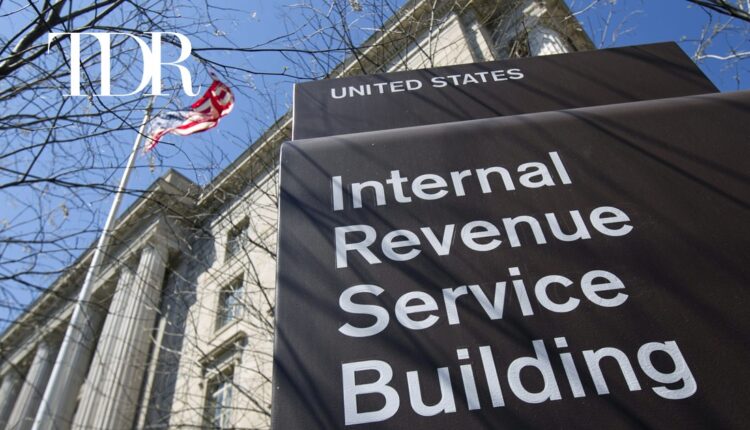
How to Calculate 280E Change Upside for Cannabis Stocks?
The TDR Three Key Takeaways regarding Section 280E and Cannabis Stocks:
- Analyzing EBT instead of EBIDTA is key
- Tax savings may boost cannabis stock valuations by billions.
- We will share post 280E upside from tax savings for one MSO per day starting on Monday.
There has been significant interest in how changes to Section 280E could affect stock prices. For U.S. multi-state operators’ cannabis stocks, the potential tax savings might be used to strengthen their balance sheets or to reinvest in strategic growth plans. This post will outline the steps for making such an analysis.
The first step is to recognize that these calculations will only provide an estimate, as we lack specific details about a business, such as the exact revenue and expenses from each state in which it operates. Additionally, the total tax owed varies by state. However, when I applied this process to one MSO, the company indicated that my estimates for their cannabis stock were very close.
We need a starting point for calculating 280E savings. We often hear terms like EBITDA, Net Income, and Earnings per Share, which come from the income statement of a company’s financial statements. If we delve deeper into the term EBITDA, we find that it stands for Earnings Before Interest, Taxes, Depreciation, and Amortization. This is a way to assess the operating income of the business. However, there are other metrics further down the income statement, such as EBIT and EBT. For our purposes, Earnings Before Taxes (EBT) is most relevant. EBT consolidates all earnings into one figure before any taxes are deducted.
Let’s assume that ABC Cannabis Stock has an Earnings Before Taxes (EBT) of $100 million. We would then calculate the taxes owed based on this amount. In the U.S., the combined federal and state corporate tax rates vary, ranging from a low of 23.5% in North Carolina to a high of 32.5% in New Jersey. For our calculations, we will use a median rate of 28%. It is important to note that this is an approximation, as we are applying a general rate of 28%. If we knew that the company primarily operated in New Jersey, we could adjust our calculation to use the 32.5% rate.
Continuing with our example, we estimate that the taxes for ABC Cannabis Stock would be 28% of $100 million, or $28 million. We then compare this figure to the MSO’s reported taxes. Imagine that the reported taxes were $68 million. This suggests that for the MSO, the taxes before any changes related to Section 280E are $40 million higher than after such changes. This represents a significant increase of $40 million in earnings for ABC MSO.
We then need to apply a multiple to the value of the tax savings that will increase earnings. Currently, the S&P 500 is trading at a multiple of 27 times earnings. Using this multiple, we could value the $40 million 280E savings at $1.08 billion. This calculation might seem surprising to some because of how significantly the tax savings can impact valuation. If you believe that a multiple of 27 times is too high and that cannabis stocks should trade at a lower multiple, adjustments can be made. However, it is generally accepted that historically, fast-growing companies and small-cap companies trade at higher multiples due to their growth potential.
How does this apply to specific MSO cannabis stocks? Let’s find out by presenting our 280E research on one MSO each day. Which one would you like to see first? Let us know, and we will tailor our research based on reader suggestions. Want to keep up to date with all of TDR’s research and news, subscribe to our daily Baked In newsletter.



